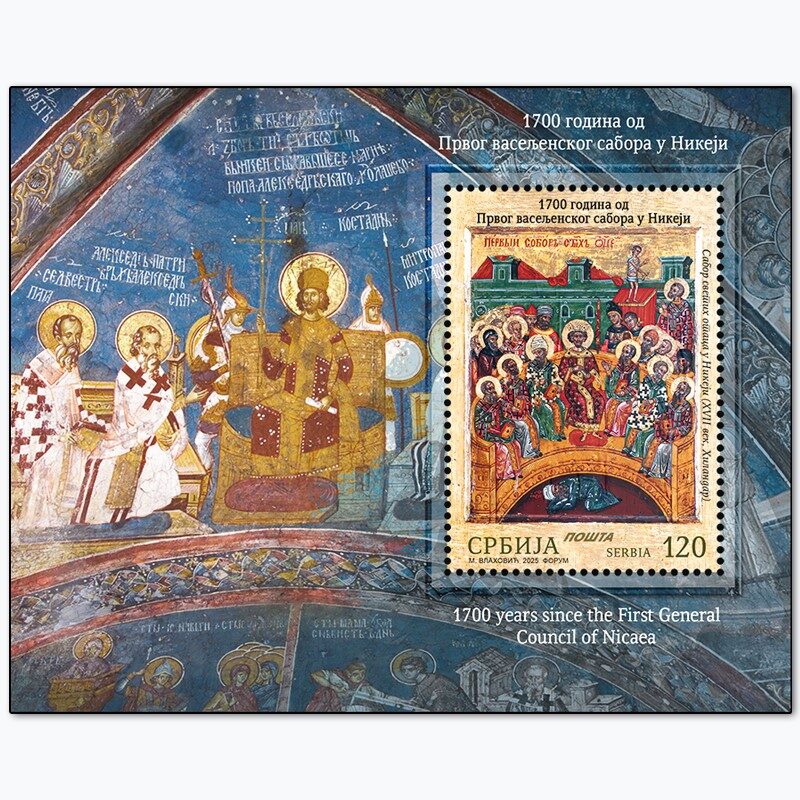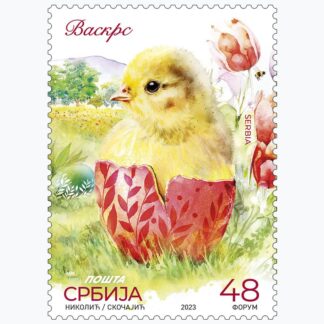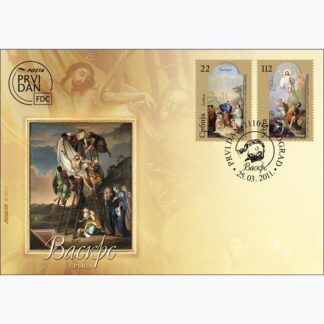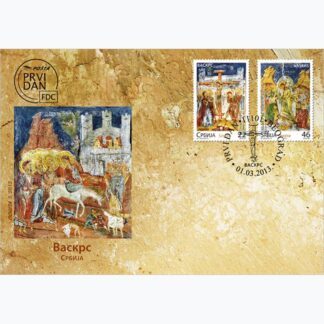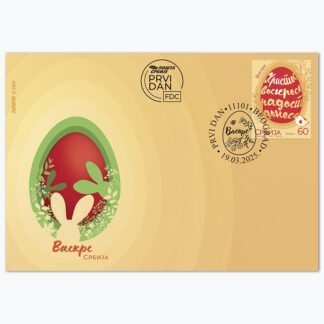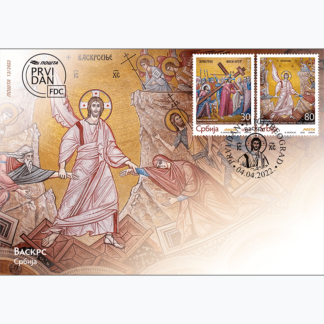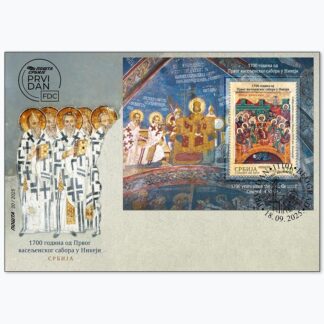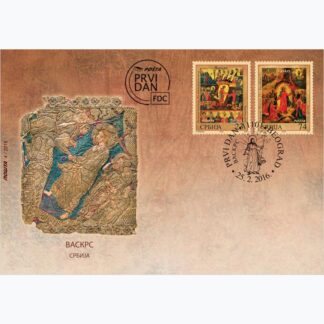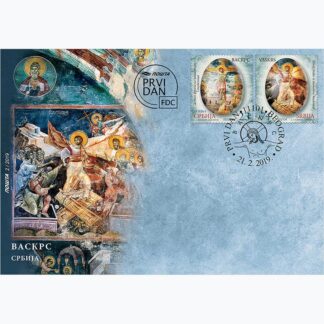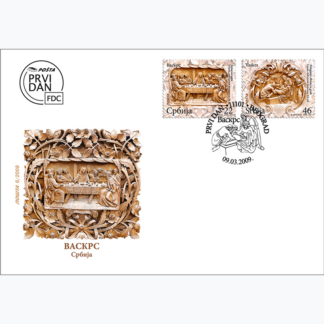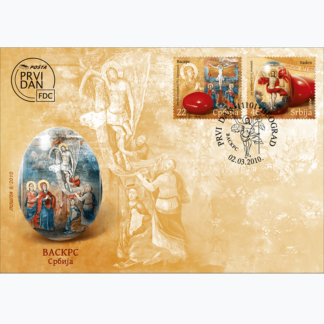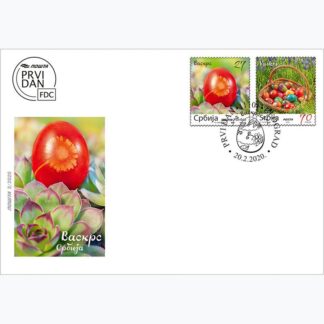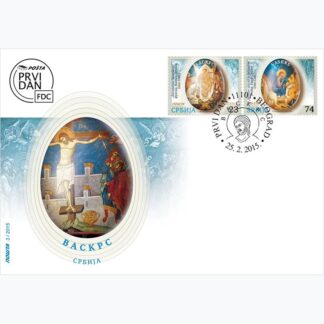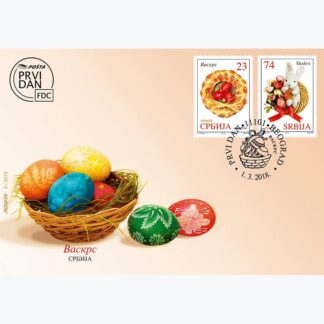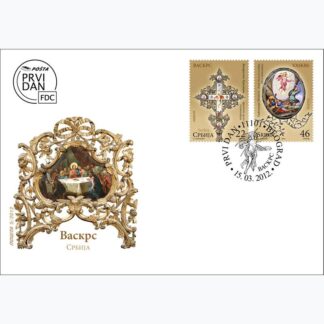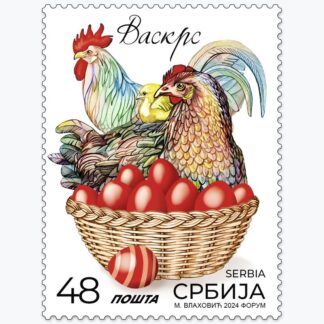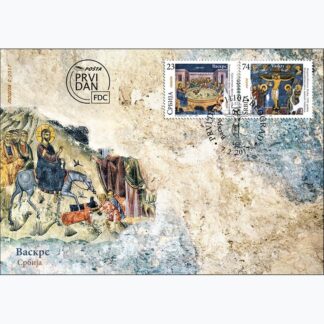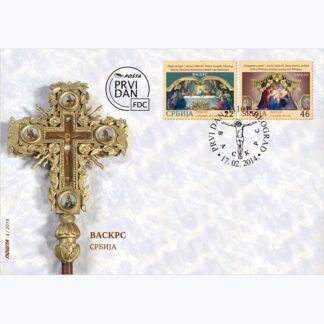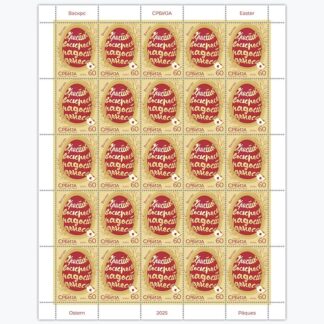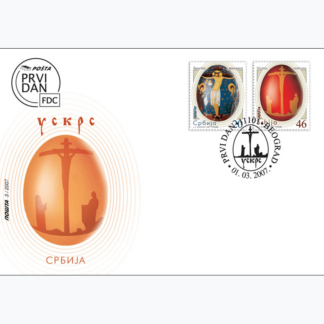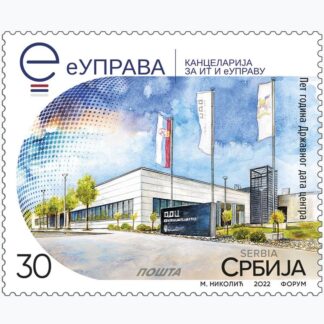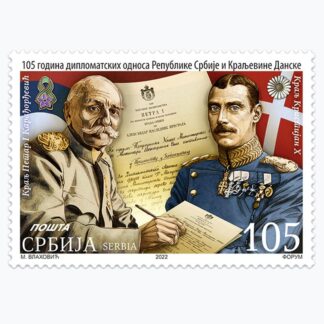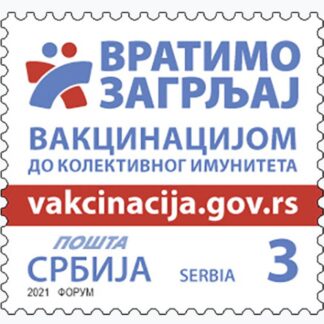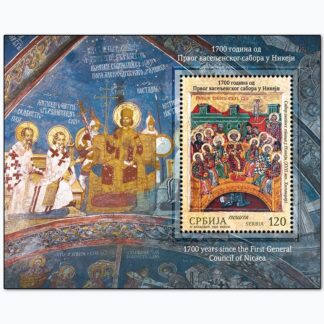Description
After the great persecution of Christians at the beginning of the 4th century, followed by the adoption of the Edict of Milan (313) and several local councils in the east and west of the Roman Empire, during the reign of Emperor Constantine the Great (306–337), conditions were created for resolving key church issues at the ecumenical level. The First Ecumenical Council was convened at the initiative of Emperor Constantine and was held in Nicaea (today the town of Iznik in Turkey), from May 20 to August 25, 325. The Council was convened by the Emperor, and the immediate cause was the heresy of Arius in Alexandria. About 300 bishops participated in the work of the Council. The vast majority of bishops represented Christian communities from the east of the Roman Empire: Alexander of Alexandria, Eustathius of Antioch, Macarius of Jerusalem, St. Nicholas, St. Paphnutius, St. Hypatius, St. Spyridon, Jacob the Persian, Eusebius of Caesarea, etc. Pope Sylvester I sent two priests, Vitus and Vincentius, to represent the Church of Rome.
The Council was opened by Emperor Constantine with an occasional speech. The initial topic of the Council was the Arian heresy, which the participants immediately condemned, and Arius was exiled to Illyricum. After great debate, the majority of the bishops adopted a confession of faith – the Nicene Creed. The Melitian schism in the Church of Alexandria was also resolved at this Council, because Melitius’ unseemly ecclesiastical actions violated the rights and customs of the church order and the apostolic canons. At the end of the Council’s work, it was decided that all Christians would celebrate Easter together on the same day. The Council fathers compiled 20 canons in order to regulate the internal church life and discipline of Christians.
The entire period between the First (325) and Second (381) Ecumenical Councils was characterized by the struggle with heretics for the intact Orthodox confession and the final definition of the Nicene-Constantinopolitan Creed (381), which is still being read at services in the Christian church today.
Professional cooperation on the issue: Museum of the Serbian Orthodox Church, Deacon Ivica Čairović, PhD
Artistic realisation of the issue: MA Marija Vlahovic, academic graphic artist
